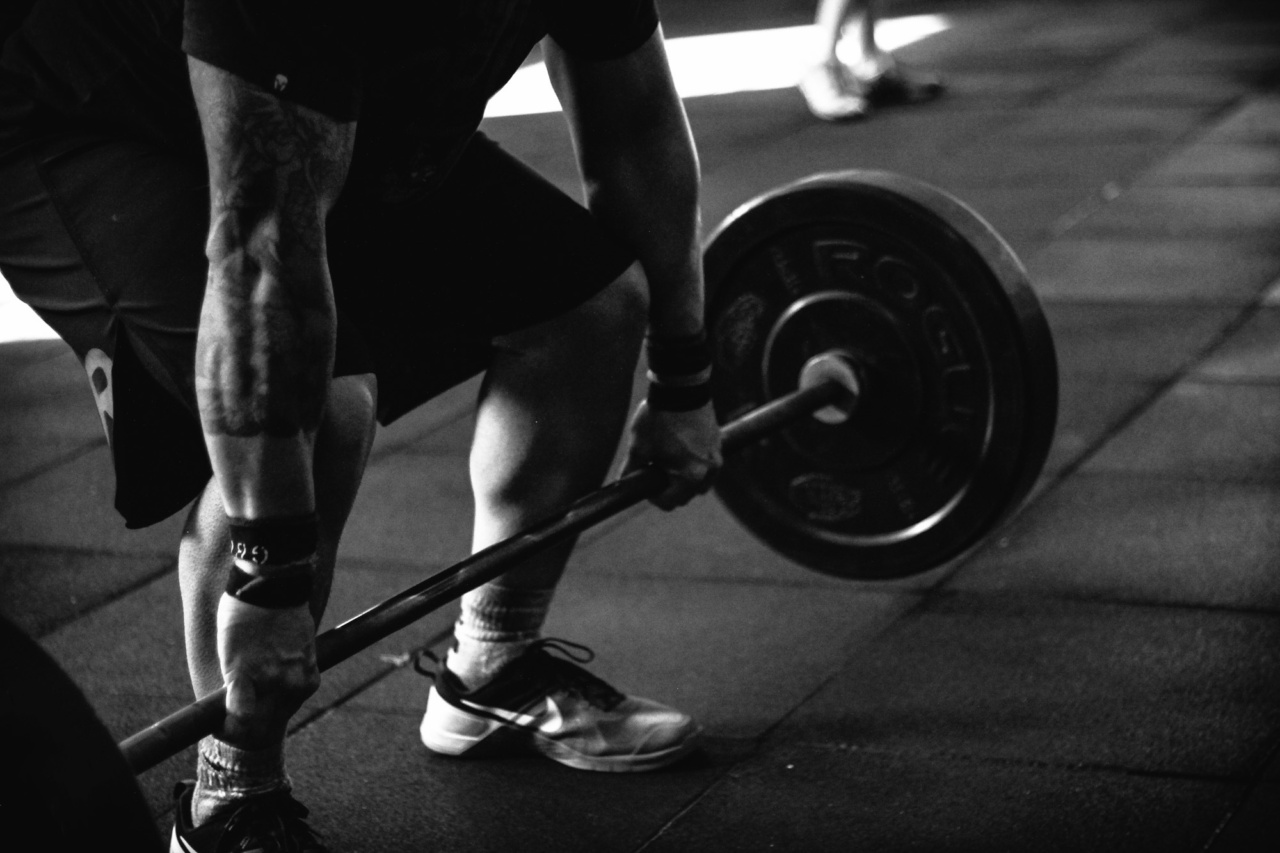Statins are a widely prescribed class of medications designed to lower cholesterol levels and reduce the risk of cardiovascular diseases.
While they are generally safe and effective, one of the most common side effects associated with statin use is muscle discomfort or pain. This discomfort may range from mild muscle aches to more severe muscle damage. These side effects can be discouraging for individuals who want to engage in regular exercise to maintain and improve their overall health.
However, effective exercise solutions can help mitigate the muscle discomfort experienced by statin users and allow them to continue enjoying the numerous benefits of physical activity.
The Mechanism behind Statin-Related Muscle Discomfort
Before exploring exercise solutions, it is crucial to understand the underlying mechanisms that cause muscle discomfort in individuals taking statins.
Statins primarily work by inhibiting an enzyme called HMG-CoA reductase, which plays a role in cholesterol production within the body. However, this enzyme also contributes to the production of coenzyme Q10 (CoQ10), a vital antioxidant with important roles in energy production and muscle health.
Statin use can lead to a decrease in CoQ10 levels, resulting in mitochondrial dysfunction and impaired energy production in muscle cells.
Additionally, statins may disrupt the function of other important cellular components involved in muscle repair and growth, contributing to muscle discomfort and damage.
Exercise Solutions to Alleviate Statin-Related Muscle Discomfort
1. Low-Intensity Exercise
Engaging in low-intensity exercise can be an effective strategy for individuals experiencing statin-related muscle discomfort.
Low-intensity activities such as walking, swimming, or cycling help improve blood circulation to the muscles, promoting a faster delivery of oxygen and nutrients. This can aid in reducing muscle soreness and discomfort.
2. Stretching and Flexibility Exercises
Regular stretching and flexibility exercises can help alleviate muscle tightness and improve range of motion. They can be particularly beneficial for individuals experiencing muscle discomfort due to statin use.
Including activities such as yoga or Pilates in your exercise routine can help release muscle tension and enhance overall flexibility.
3. Resistance Training
Resistance training, also known as strength training or weightlifting, is a crucial component of an exercise routine for individuals on statins.
This type of exercise helps build and maintain muscle mass, strengthening the muscles and improving their resilience against statin-related discomfort. Start with lighter weights and gradually increase as tolerated to avoid overexertion.
4. Gradual Progression
When starting or modifying an exercise routine, it is essential to begin with gradual progression. This approach allows the body to adapt and minimize the risk of muscle discomfort or injury.
Aim to increase the intensity, duration, or frequency of exercise sessions gradually over time, rather than jumping into high-intensity workouts right away.
5. CoQ10 Supplementation
Individuals experiencing significant muscle discomfort or pain due to statin use may benefit from CoQ10 supplementation.
Since statins can deplete CoQ10 levels in the body, supplementing with CoQ10 can help restore optimal levels and support muscle health. However, it is essential to consult with a healthcare professional before starting any supplementation regimen.
6. Regular Rest and Recovery
Allowing the body sufficient time for rest and recovery is crucial, especially when experiencing muscle discomfort.
Adequate rest periods between exercise sessions give the muscles time to repair and rebuild, potentially minimizing discomfort and promoting overall muscle health.
7. Heat and Cold Therapy
Heat and cold therapy can provide temporary relief for muscle discomfort related to statin use. Applying a warm compress or taking a warm bath can help relax and soothe the muscles.
Conversely, using an ice pack or cold therapy wrap can reduce inflammation and help alleviate pain or swelling.
8. Proper Nutrition and Hydration
Ensuring proper nutrition and hydration are essential aspects of any exercise routine, particularly for individuals experiencing muscle discomfort.
A well-balanced diet rich in lean proteins, fruits, vegetables, and whole grains helps provide the necessary nutrients for muscle repair and growth. Staying adequately hydrated supports overall muscle function and prevents dehydration-related muscle cramps.
9. Consultation with a Healthcare Professional
If statin-related muscle discomfort becomes persistent or significantly affects daily activities, it is crucial to consult with a healthcare professional.
They can assess the situation, provide personalized advice, and potentially adjust the statin dosage or explore alternative medications to minimize muscle discomfort.
10. Individualized Approach
Lastly, it is essential to recognize that what works for one person may not work for another. Each individual may respond differently to various exercise solutions.
Therefore, it is crucial to adopt an individualized approach, listening to the body’s signals and adjusting the exercise routine accordingly. What matters most is finding what works best for your specific needs and abilities.
Conclusion
Experiencing muscle discomfort or pain while taking statins should not deter individuals from engaging in regular exercise.
Incorporating low-intensity exercises, stretching, resistance training, gradual progression, CoQ10 supplementation, rest and recovery, heat and cold therapy, proper nutrition and hydration, consultation with a healthcare professional, and adopting an individualized approach can help alleviate statin-related muscle discomfort and promote overall muscle health. By finding effective exercise solutions, individuals can continue to enjoy the benefits of physical activity while taking statins.



























